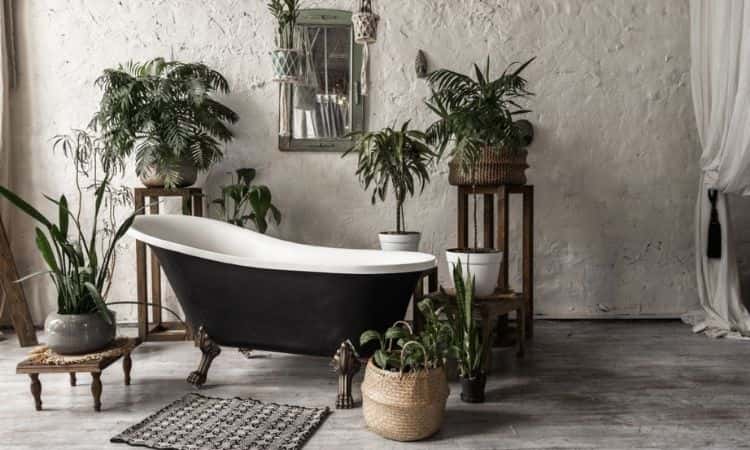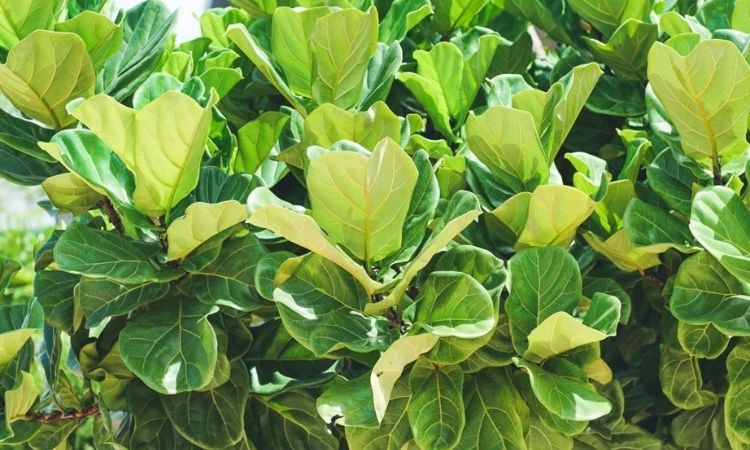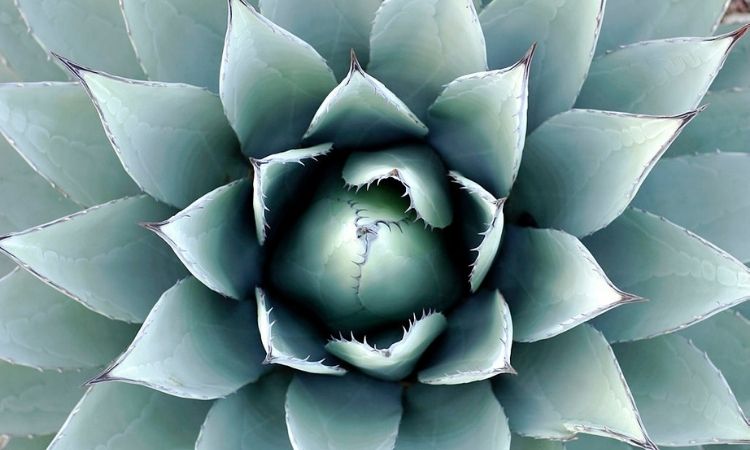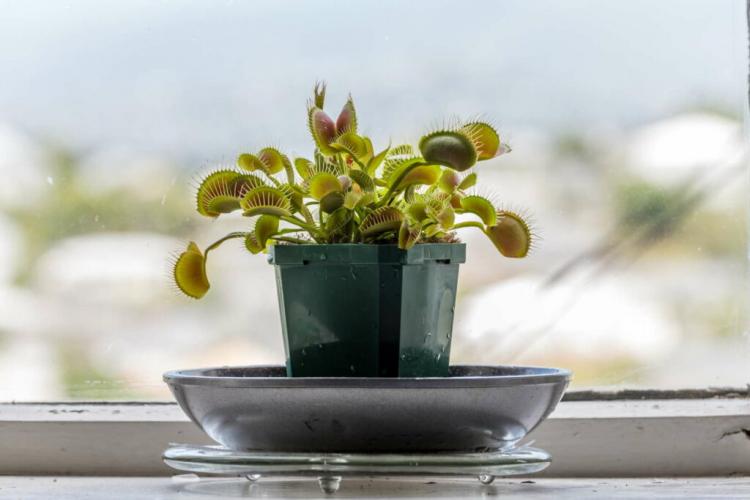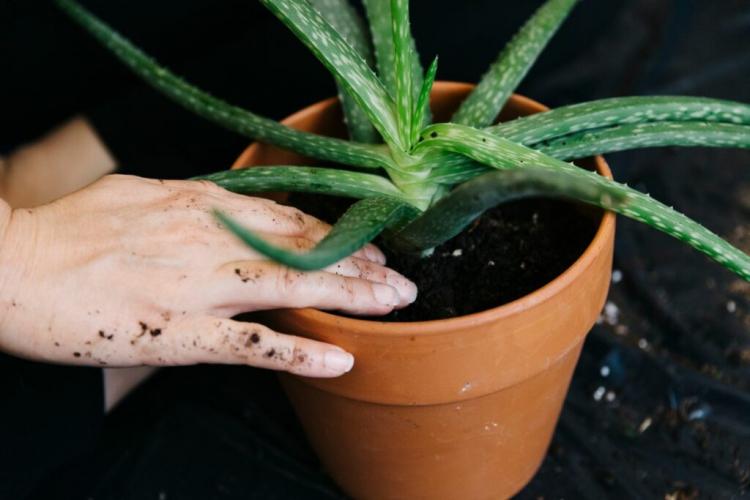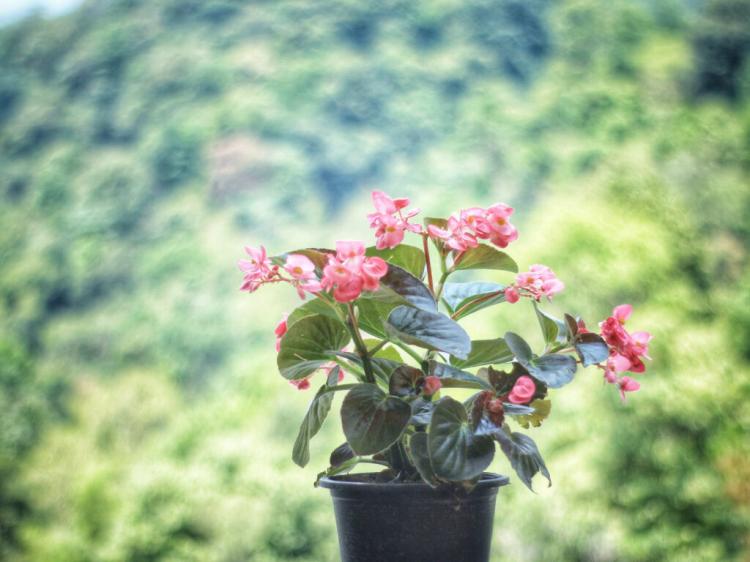Do Pothos Like to be Misted
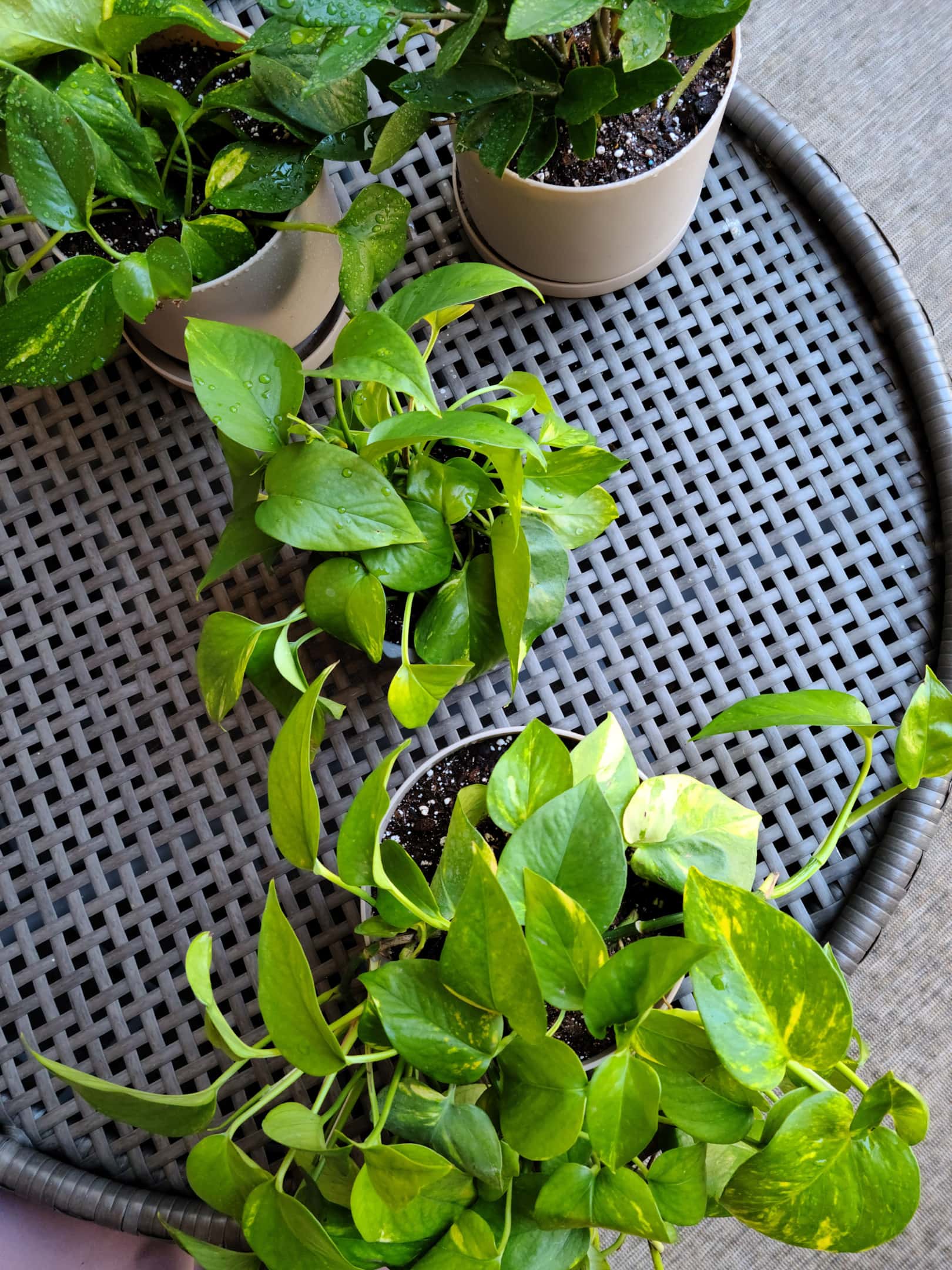
The pothos plant is a member of the arum family Araceae and goes by the scientific name Epipremnum aureum. This plant is indigenous to French Polynesia’s Society Islands.
Pothos thrives in environments with humidity levels of at least 50%. Consider adding additional humidity to the environment if you think your living space is dry.
Since humidity is essential to the growth of these plants, some individuals frequently advise misting your pothos to increase the humidity level. But do pothos like to be misted? Or is it merely a myth?
In this article, we’ll examine whether misting your pothos is advantageous and offer some advice on how to do it properly.
You Might Also Like Baltic Blue vs Cebu Blue
Do Pothos Like To Be Misted?
Table of Contents
Misting is a delightful and refreshing way to interact with your pothos.
However, unless you apply it frequently using an automated system, as you’d see in a greenhouse or nursery, there won’t be much of a difference in the levels of humidity in general.
Being able to keep a Pothos in your home is fun, it is one of the major indoor plants and it doesn’t require greenhouse conditions.
Should pothos plants be misted?
Due to its endemicity in damp tropical and subtropical climes in Southeast Asia and New Guinea, pothos requires at least 50% humidity levels.
Is it necessary to mist pothos? Does Pothos enjoy misting? For more information, keep reading.
The air around the plant has a temporary increase in humidity due to misting, which then quickly returns to normal after evaporating.
Although pothos plants don’t require misting, it’s possible that they could benefit from it occasionally.
The topic of misting pothos is sensitive. According to its supporters, misting is beneficial because it increases the humidity levels around the plant and washes its leaves.
Some opponents of the idea note that not all tropical plant live in tropical forests.
According to reports, misting pothos can increase its vulnerability to fungal infections and pest predation.
You Might Also Like Emerald Pothos vs Global Green
When is Mist pothos plants best for?
Regular misting is quite beneficial for plants that are prone to developing crisp, brown edges as well as yellow and brown tips.
Misting is most beneficial for tropical houseplants and they are many plants that thrive in high humidity, such as the Chinese Evergreen, Boston Fern, and Majesty Palm.
Some of the following will plants benefit from misting:
- Pilea Peperomioides, (Chinese Money)
- Aphelandra, (Zebra Plant)
- Nephthytis, (Arrowhead Plant)
- Alocasia, (African Mask)
- Hoya, (Wax Plant)
- Air Plants
- Ferns
- Orchids
- Calatheas
- Monsteras and other Philodendrons
- Ficus Lyrata, (Fiddle Leaf Fig)
- Strelitzia
- Maranta
- Fittonia
- Norfolk Island Pine
- Anthurium
- Spathiphyllum, (Peace Lily)
When To Mist Your Pothos?
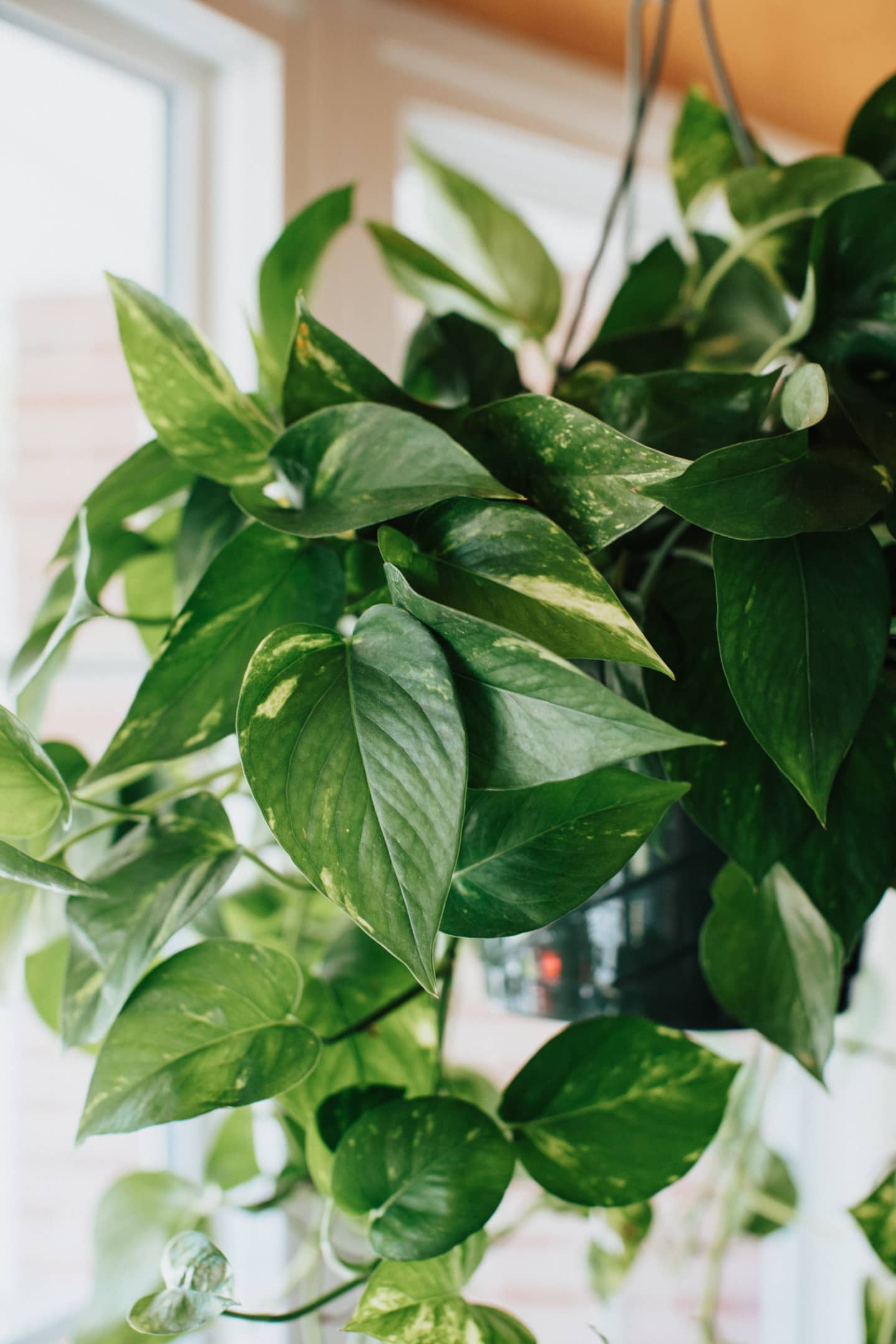
If your pothos leaves appear a little dusty, mist them. In dry weather, you can mist it a little more frequently than during the rainy season.
You should be aware of the seasonal humidity levels because certain locations experience winter rainfall while others experience summer rainfall. Rainy summer climates usually have drier winters and vice versa.
You should mist your plant once a week because air conditioners in warm weather tend to dry up the air indoors.
You should also mist your home once a week if you use radiators or indoor heating during the winter because these methods also dry out the air. If your pothos appears sick, it should not be mist.
You Might Also Like Do Pothos Like To Be Root Bound
How often do you mist pothos?
How often you mist your pothos plant should depend on the environment. You can mist it to remove the dust once every two weeks to a month if the humidity levels are sufficient.
In dry months, you can mist the plant once a week, but you’ll still need to water it more often.
Misting may temporarily refresh an area with low humidity, but it won’t be enough to raise it; therefore, you’ll need to apply other humidification methods.
It is impossible to fix the problem of low humidity by misting if the leaf tips are turning brown, curling, or yellowing.
You can mist the topmost surface surrounding the pothos plant for an extra boost if the substrate’s top layer is dry but the bottom layers are still moist.
Just keep in mind that the pothos plant dislikes being overwatered. In dry climates, you can mist once every two to three days, but you must first address the ambient humidity level.
Do pothos like humidity?
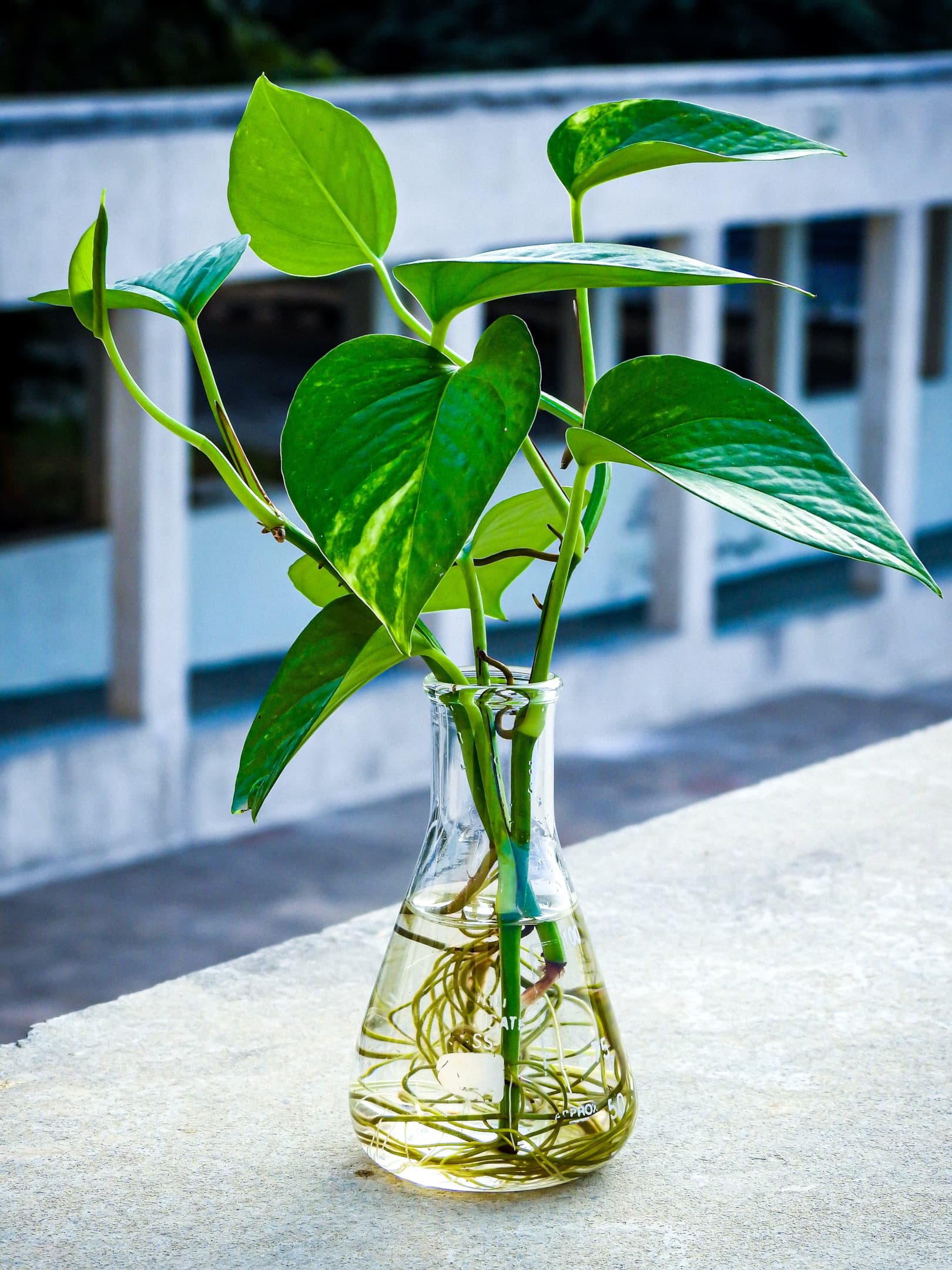
All around the world, tropical and subtropical forests naturally contain pothos. Pothos thrive in warm, and humid conditions and this is ideal for their growth and development.
Therefore, a warm and humid environment would be the perfect environment for the pothos plant to succeed even when we bring them indoors.
When growing these plants indoors in a confined and controlled setting, humidity is a key component.
But why is humidity such a big deal, and why is all this so important?
Humidity serves as an indicator of plant transpiration. How does that operate, and what does that mean? Let’s simplify this.
Plants have stomata underneath the leaf surfaces. Through these tiny openings, they exchange air with the surrounding environment.
The plant won’t open up its holes if the humidity is too low, since it would lose a lot of water. They, therefore, do not transpire to conserve water.
It interferes with photosynthesis, resulting in poor growth and harming the health of your plants.
You Might Also Like Companion Planting With Turnips
How To Increase Humidity For A Pothos Plant
There are a few options you can think about if you reside in a region with a hot, dry climate that results in low humidity.
The addition of a pebble tray filled with water or misting them to add more moisture is frequently advised by many people. However, they only have a brief impact and are unable to sustain moisture over an extended period.
Here are some suggestions to assist you in maintaining your pothos plant’s ideal humidity level for a long time.
Add A Small Greenhouse In The Room
To maintain the pothos plant’s moisture, a little greenhouse constructed of glass or translucent plastic will be appropriate. They’ll create a separate area with the best humidity indicators for plants.
To prevent water from having trouble evaporating, pay close attention to air circulation.
Add a Mini Fish Tank
The proper humidity for the pothos plant can be maintained with the help of a small aquarium.
As the water slowly in the aquarium evaporates naturally, the humidity in your room rises, which creates the ideal atmosphere for the pothos plant to flourish.
Stack the trees together
Multiple plants can be grouped to increase humidity. Plants emit a small amount of moisture into the atmosphere as the seasons change.
To execute gas exchange and photosynthesis, pothos plants will benefit from this moisture.
However, since they won’t be as productive when combined, avoid placing low-humidity plants in a group with higher-humidity plants.
Use A Humidifier
The best way to maintain the ideal level of humidity in the room is with a humidifier.
Higher humidity levels can be produced by humidifiers, and they can stay in an area for a very long time.
To maintain the proper humidity, you should select a humidifier that is the appropriate size for the room.
Lower the room’s temperature
As you are aware, there is an equal amount of moisture in the air. So, compared to cold air, warm air has a lower capacity to store moisture.
To maintain the proper humidity for the pothos plant, you can lower the room’s temperature while increasing the humidity.
Put moss around the plant’s
Around the pothos plant, moss can aid in moisture retention to a substantial extent.
As a result, using moss around this plant promotes the development of roots in the air, thus improving this plant’s total growth.
Height and plant growth can also be added through a moist moss column.
The Advantages of Misting Your Pothos
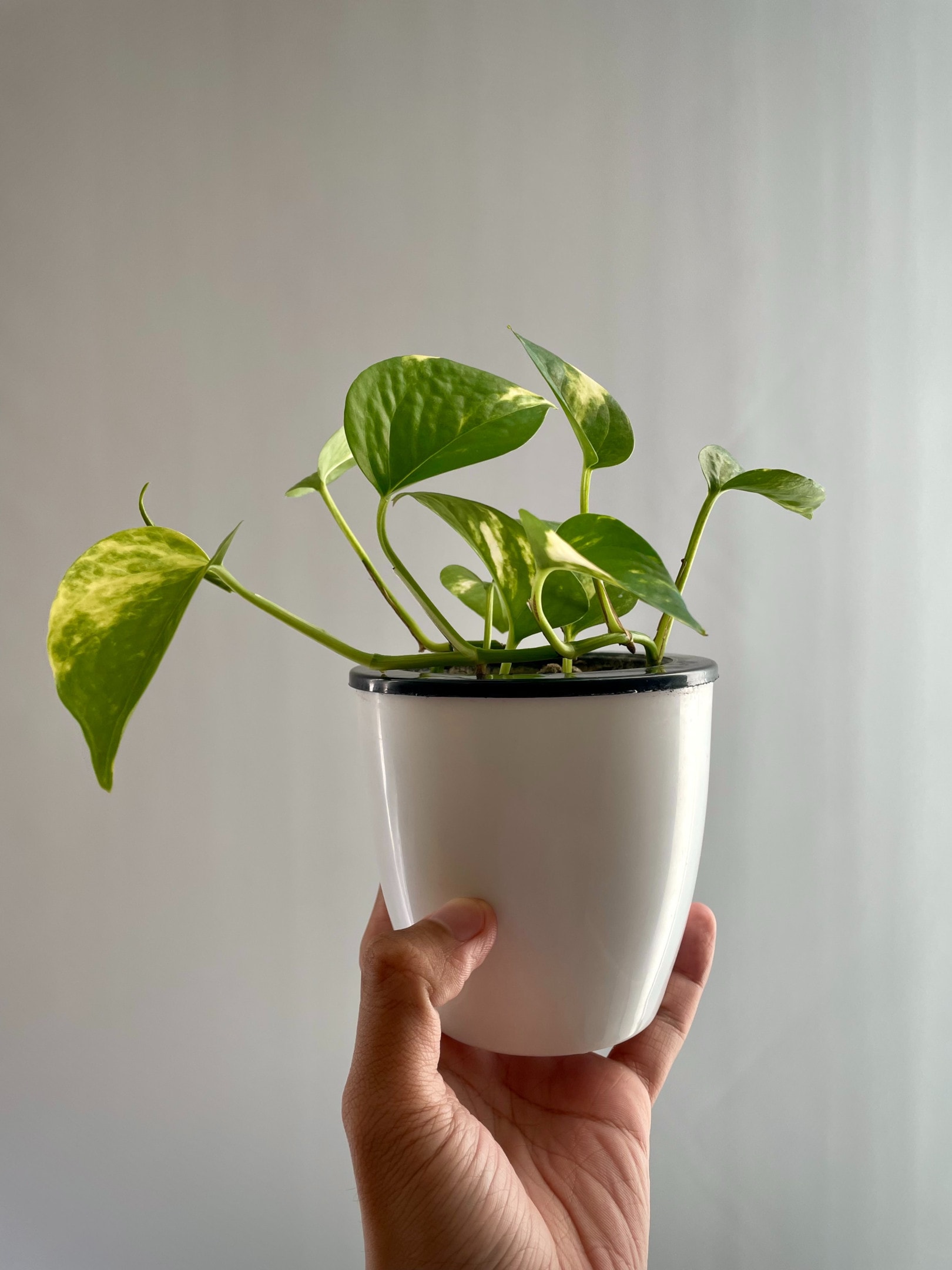
The benefits of regularly misting your Pothos plant include the following:
Remove dust
Dust can be kept off of the plant’s leaves by misting them. The leaves of your plant will be able to “breathe,” release oxygen, and absorb water if you mist them with water, then gently wipe them with a cloth to remove any dust or dirt.
To increase humidity levels
Your pothos plant needs more humidity, so misting it will help. Despite their ability to withstand droughts, they enjoy moisture and humidity.
Your plants will see a temporary rise in humidity if you mist them. Even though this will only last a little while, your plant will still profit from it.
The Disadvantages of Misting Your Pothos
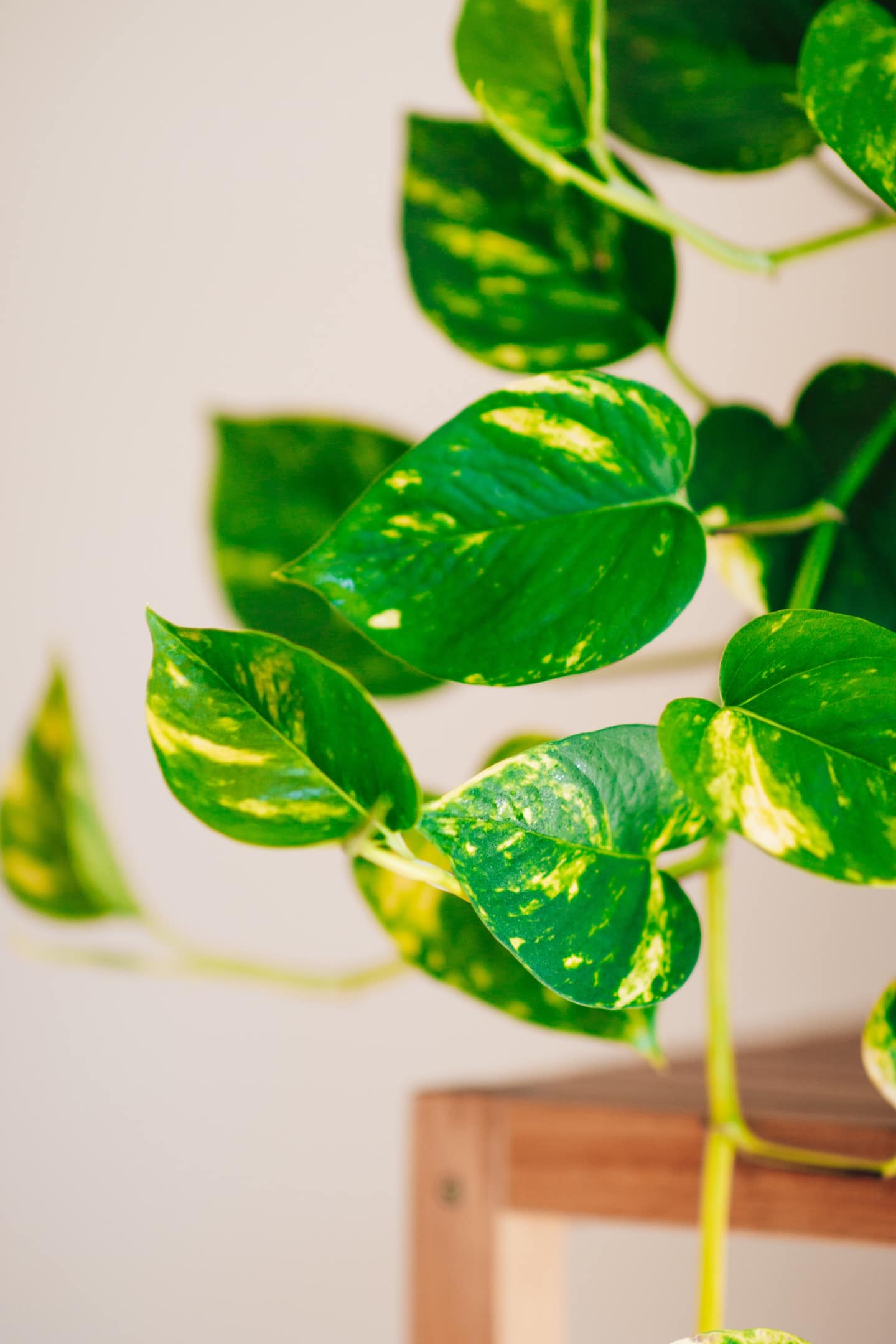
While misting is generally a good idea, there are several disadvantages to be aware of if you intend to do it at home.
Before misting your pothos plant, be aware of the following disadvantages:
Minimal increase in humidity
Although there will undoubtedly be a brief rise in humidity, it won’t remain for long. For a short period, but not for very long, misting your plant will increase humidity. A humidifier will help you attain longer increases in humidity.
Spread of pests and diseases
While misting is typically acceptable on a healthy pothos plant, it can worsen any signs of fungus, disease, or pest infestation. This can make the plant more vulnerable to fungal disease and can attract pests.
The main takeaway is to avoid misting pothos plants when they show signs of disease or pest infestation on their leaves. Before you begin a misting plan, check the leaves for insects or black or yellow marks and take care of the issue.
Conclusion
In summary, pothos plants do not need regular misting. They are not tropical plants and thrive in normal household humidity levels.
While a light misting every once in a while can be beneficial to plant health. By increasing humidity and helping to remove dust from the leaves. It should not be necessary for the plant’s well-being.
It is important to ensure that the soil is well-draining. The plant is not placed in an area with high humidity to prevent mold growth. Pothos plants are low-maintenance and do not need frequent misting to stay healthy.
